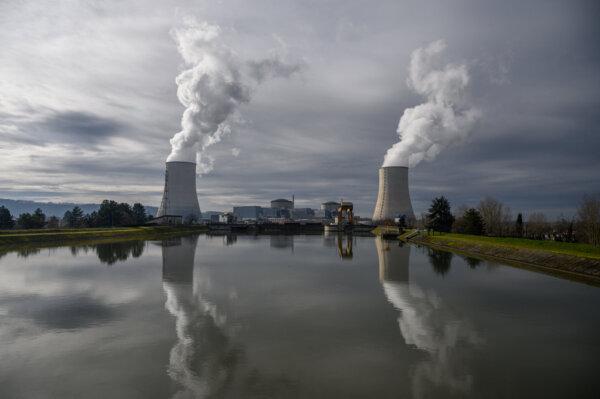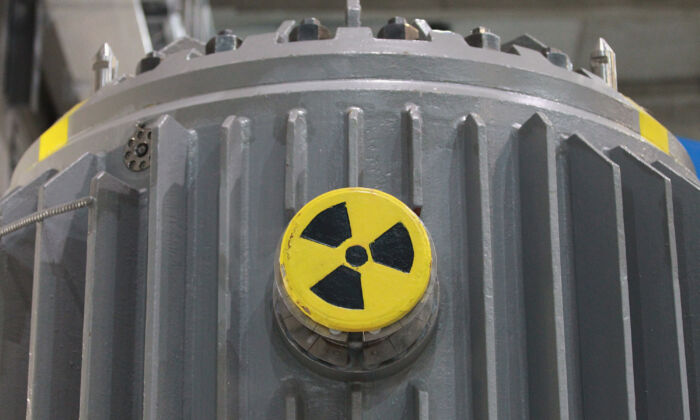The Process of Nuclear Waste Disposal
Waste management infrastructure for nuclear power plants is crucial due to the production of deadly waste by reactors if mismanaged.
Nuclear power plants mainly generate lower and intermediate levels of radioactive waste during routine maintenance. However, the burning of uranium fuel produces high-level waste, which is extremely hazardous.
Disposal Procedures
Lower-level radioactive waste consists of contaminated equipment like clothing, mops, and tools from nuclear power plants. It does not need shielding during handling and transport and can be disposed of near the surface.
On the other hand, intermediate-level waste (ILW), which includes outer jackets of fuel rods, requires some shielding. Therefore, smaller non-solid waste is solidified in concrete or bitumen before disposal.
This method involves encasing waste in an insoluble material, like borosilicate glass, and sealing it in a corrosion-resistant material such as stainless steel. The waste is then isolated deep underground in a stable rock structure to protect people and the environment. Containers in wet repositories are surrounded by impermeable backfill to prevent radiation migration.

Storage and Pre-burial Procedures
Cooling is essential before burying high-level waste due to its radioactive nature, causing temperature increases. Spent fuel from nuclear reactors is initially stored in thick reinforced concrete ponds with steel liners providing water coverage for shielding and cooling.
After five years for cooling, some fuel is moved to dry casks or concrete shielding without air circulation. Fuel rods may be stored in sealed steel casks or canisters with low-reactivity gas for transportation and disposal.
The used fuel is stored in ventilated units made of concrete and steel above or below ground. This approach ensures retrievability while managing the waste.
Reprocessing Spent Fuel
High-level waste can be separated from reprocessed spent fuel without concerns about retrievability. Reprocessing used fuel involves converting uranium and plutonium into mixed oxide (MOX) for reactor fuel.
Moreover, since the remaining HLW is not reusable, it can be disposed of without concern for future retrieval.

Real-World Examples of Nuclear Waste Management
France is a leading nuclear energy producer with roughly 70 percent of its electricity coming from nuclear power reactors. The country focuses on recycling spent fuel as part of its waste management strategy.
Recycling spent fuel involves costly reprocessing and MOX manufacturing plants.
Furthermore, standardized spent fuel and waste management is more straightforward in France due to its uniform reactor design. Varied reactor types could complicate waste management.
Australia and Nuclear Power
In contrast to the US and France, Australia prohibited nuclear power in 1998 through Senate legislation.
However, Australia holds the largest uranium reserves globally, and nuclear power plays a critical role in the transition from fossil fuels to clean energy.
Australia is also preparing its workforce for the operation of nuclear submarines under the AUKUS agreement.
Despite several attempts to lift the ban, it remains in place.
Source link
- Fleitz: Newsmax Reports That More Terrorists are Crossing the Border than Previously Thought
- Premier Eby Kicks Off Campaign for BC Election as He Awaits Arrival of Third Child





